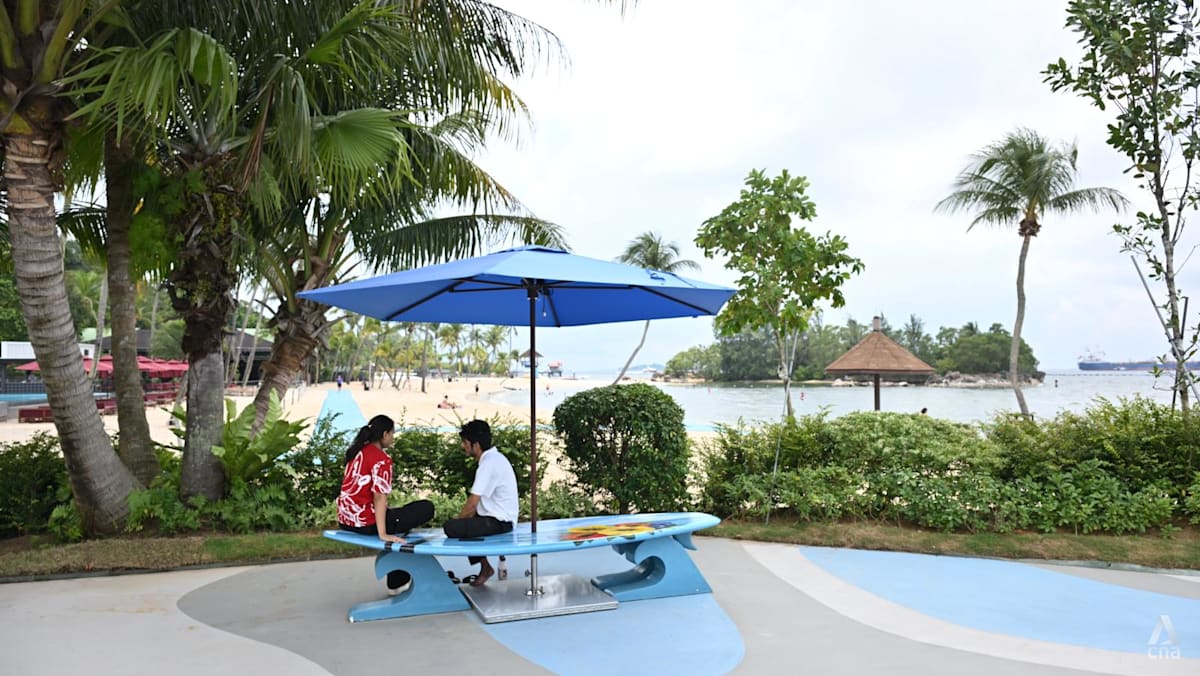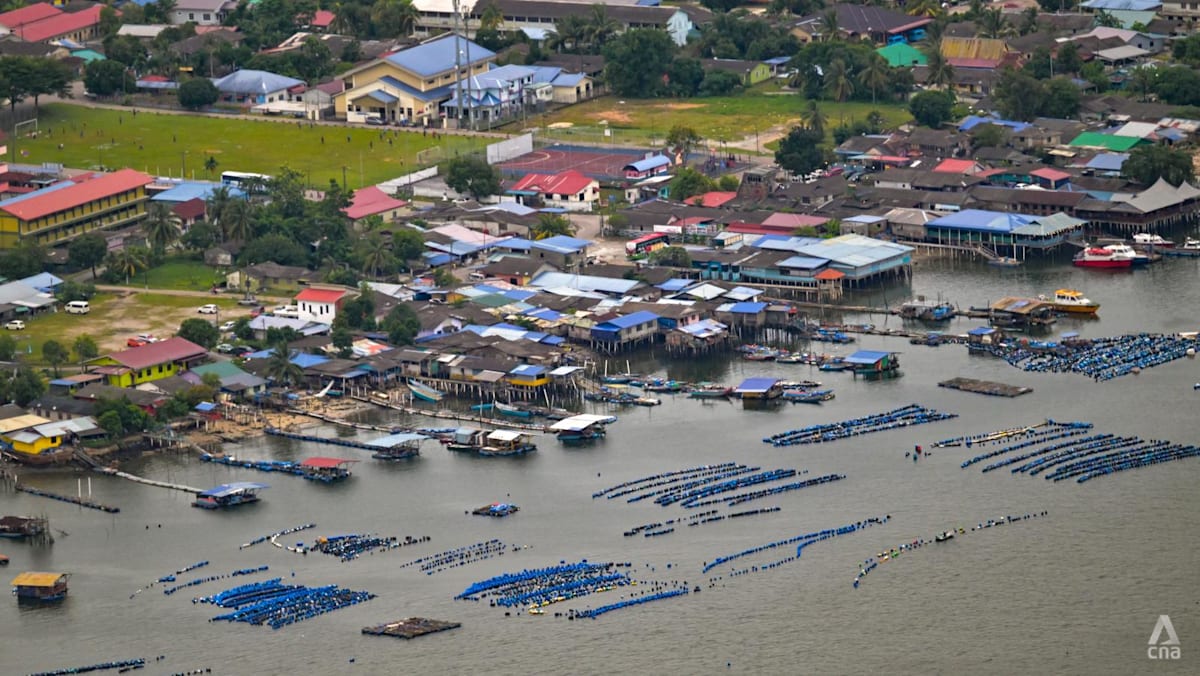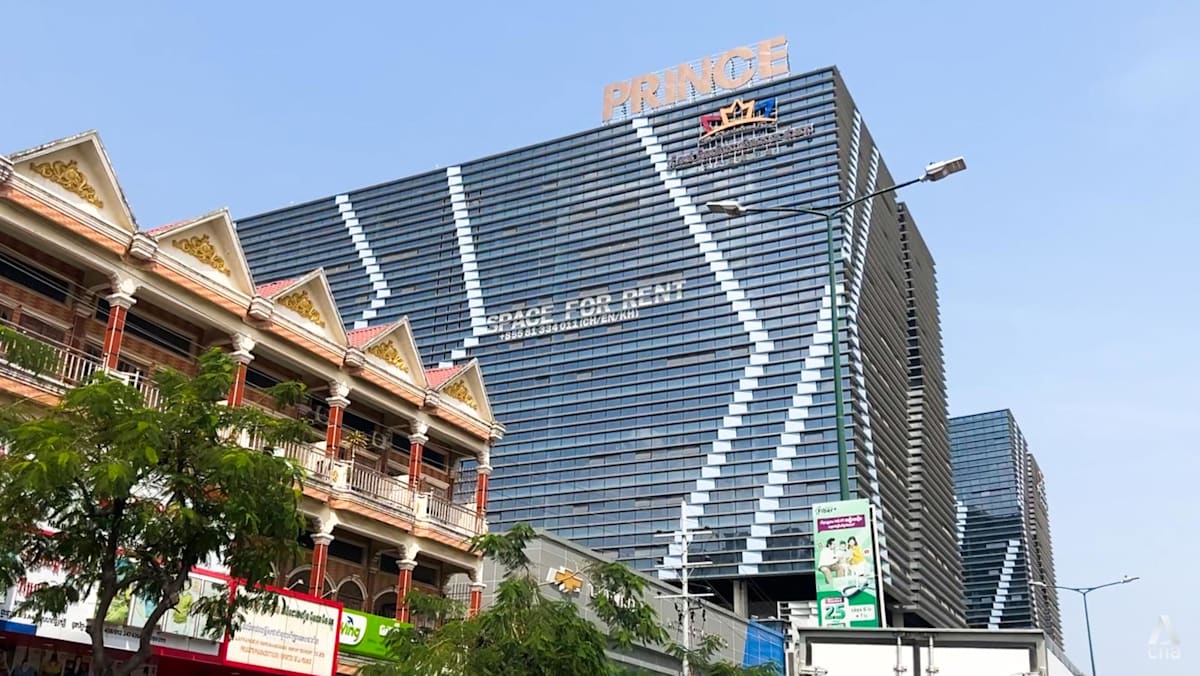Environmental factors include air temperature, humidity, wind, air speed and radiation from surfaces, while personal factors take into account what a person is wearing and what activity he or she is involved in.
Ms Kuo said thermal comfort was best represented by an internationally-recognised metric called the physiological equivalent temperature (PET), which essentially refers to the “feels like” temperature.
In Sentosa, the consultancy used on-the-ground field measurements during peak afternoon hours and computational modelling to establish a heat map of Sentosa, showing its outdoor thermal comfort baseline.
The study then identified locations where interventions were needed to improve the effects of heat.
The results were a range of PETs at outdoor spots across the island.






